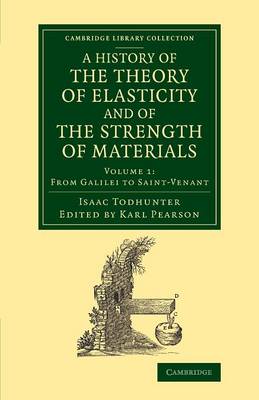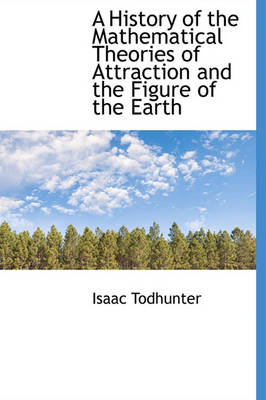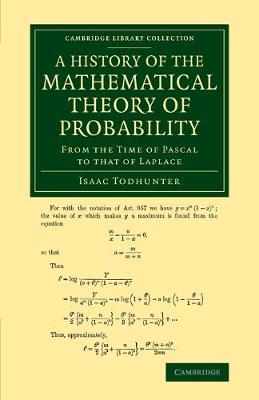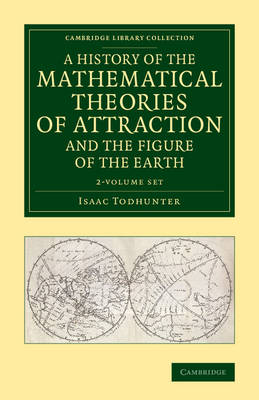Cambridge Library Collection - Mathematics
2 primary works • 8 total works
Volume 1
A History of the Theory of Elasticity and of the Strength of Materials
by Isaac Todhunter
Volume 1
A History of the Mathematical Theories of Attraction and the Figure of the Earth
by Isaac Todhunter
A History of the Theory of Elasticity and of the Strength of Materials 2 Volume Set
by Isaac Todhunter




